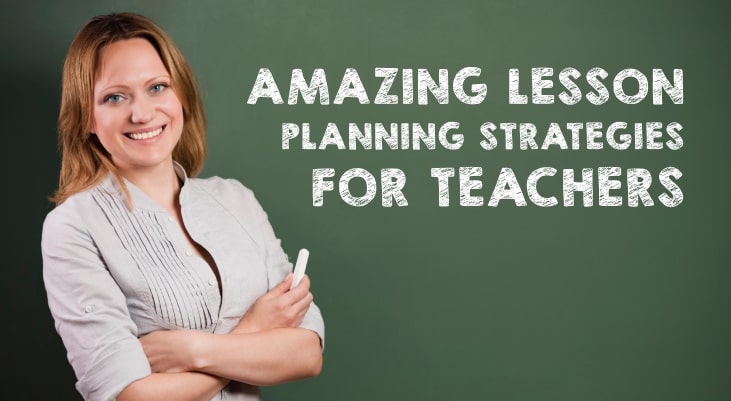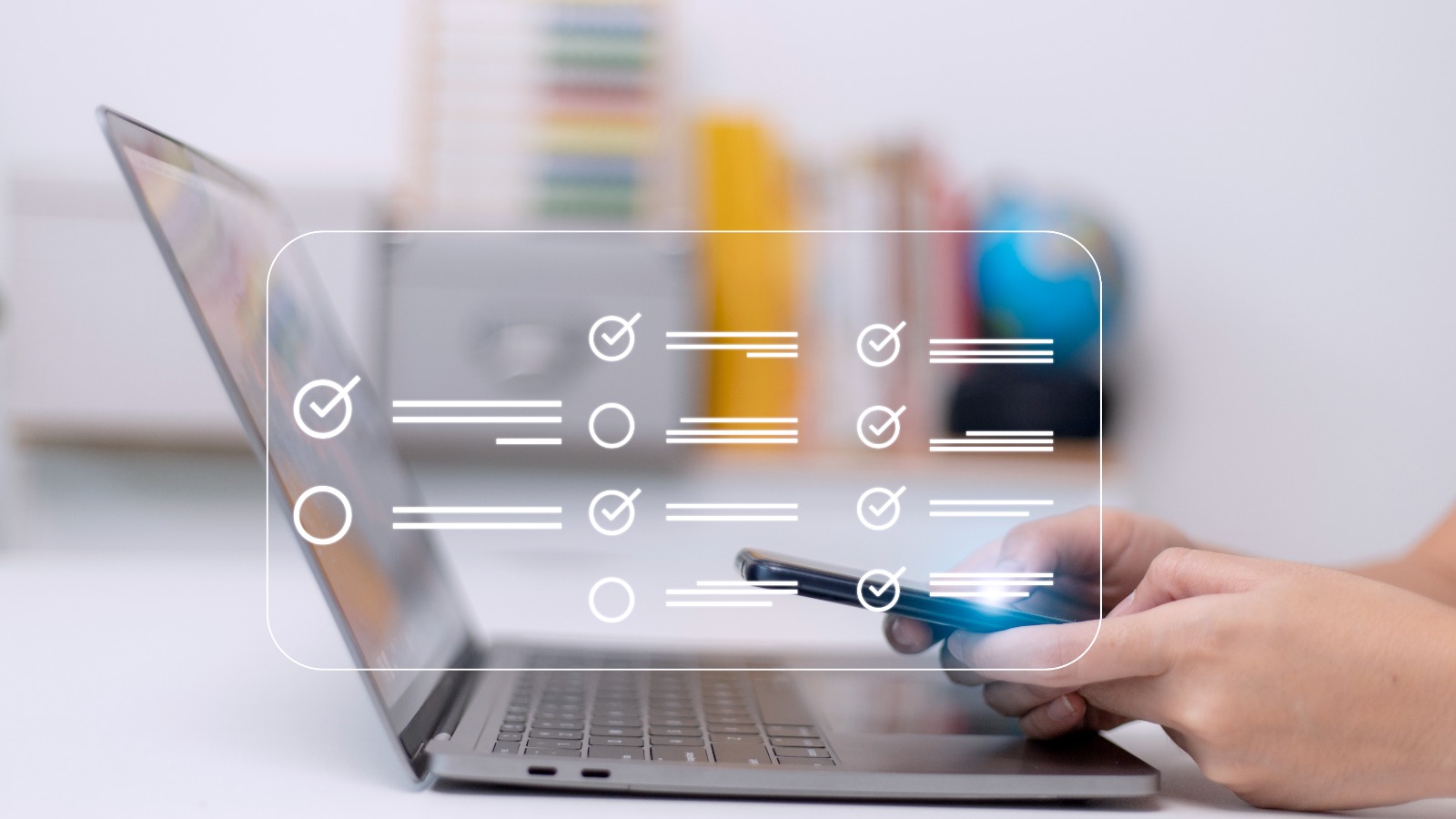
Failing to develop a proper lesson plan is like an utter failure for managing classes. Do you find lesson plan as complicated tasks? Your search stops here. Track your class syllabus, lesson planning via School Management Software, an all-in-one solution.
In this article, we categorize a few lesson planning strategies.
It’s an overview of a chapter intended to teach in an effective manner. It has three objectives of preparation. Firstly, the lesson plan conveys what students are going to learn. Secondly, it conveys your hope or expectation from students by the end of the lesson and finally, it points out the strategies you adopt while planning a lesson.
Feeling trouble in tracking? The School ERP Software simplifies the task for better learning outcomes.
1. Experiential Learning
2. Direct Instruction
3. Indirect Instruction
4. Interactive Instruction
5. Independent Study
1. Grade level of the students and subject of the session
2. Category of lessons
3. The amount of time you take to complete the session
4. The topic of the lesson plan you are focusing
5. Create student-friendly objectives so that they can fulfill the goal at the end of the session.
6. List the materials you need for the completion of the lesson. In other words, you might require particular pages of a textbook, or printouts, or other stationery items.
7. Specify the direction of the session from the beginning, middle and end of the lesson.
8. Finally, assess the student’s overall performance and understanding of the specific topic. You may conduct a quiz or simply ask to raise thumbs up or thumbs down.
1.Set objectives
In other words, for each new lesson, have clear cut goals from the beginning to the dot. This lets you stick on to the topic and convey all priority areas.
2. Focus a clear end in mind
Forecast the session and have the idea of how it looks. However, this is time saving and helps you plan the process to a successful end.
3. Make it simple and small
There are many possibilities in developing a lesson plan. However, start with a small, simple and student-friendly lesson plan to bring the expected output. Stick to the standard so that you can complete the session within the time frame.
4. Connect previous sessions
Lesson planning not only depends on the current session, but also depends upon the previous knowledge.
5. Take challenging topics more engaged
However, teaching challenging topics is a painful area for any educator. As a result, make lesson plan in such a way that those topics are covered in a funny way. Make it more interesting and engaged through experiments. Let them immerse into the topic without knowing the hardness and enjoy the session.
6. Allow flexibility
Whatever be the plan and time frame, allow flexibility in teaching. There are certain areas where children need more attention to detail. In other words, more clarification and examples are required to make them interested in the topic. As a result, make a lesson plan in such a way that it meets flexibility and students reach its ultimate goal.
7. Keep students engaged
Make them feel comfortable in the entire learning process. In addition they need to be engaged and informed in the same manner.
8. Constant Feedbacks
Be attentive to each of their minor efforts in the learning process. Therefore they should be regularly fed with positive motivation and feedback. Lesson plan also includes how you approach students in providing feedbacks.
9. Recognize student achievements
Add space in your lesson plan to recognize student efforts & achievements in completing the tasks. Constant assessment is required to improve student performance.
10. Ensure conflicts are neutralized
At times, there occur certain conflicts or disagreements between students during the session. Give space to resolve every bit of conflicts in a peaceful manner. Do support them and encourage moving forward.
Each teacher has different techniques of lesson planning. Make your checklists simple and to present the best. What is your way of approach? As a teacher, where do you see in yourself? See you in the comment box…




